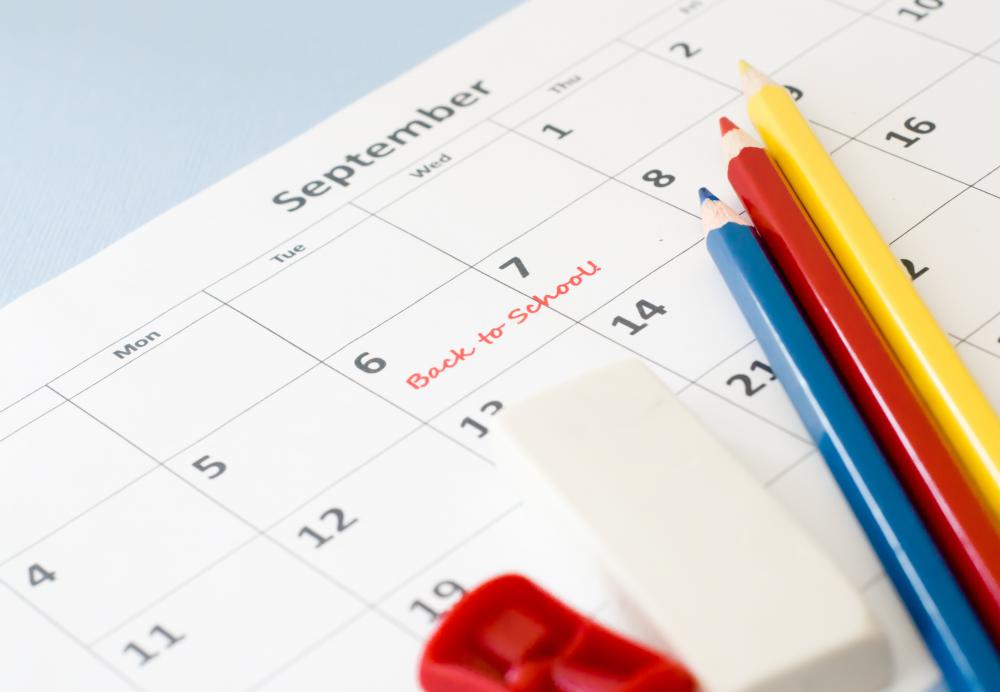At AllThingsNature, we're committed to delivering accurate, trustworthy information. Our expert-authored content is rigorously fact-checked and sourced from credible authorities. Discover how we uphold the highest standards in providing you with reliable knowledge.
What is a Harvest Moon?
A Harvest Moon, also known as a Singing Moon or an Elk Call Moon, is the name given to the full moon right before the autumn equinox, around 22-23 September in the Northern Hemisphere, and around 21 March in the Southern Hemisphere. The first full moon right after the autumn equinox is known as a Hunter's Moon. In fact, all full moons have names. For example, the full moon in May is known as a Hare Moon, and the full moon in November is a Snow Moon.
The Harvest Moon is so named because, traditionally, it helped farmers work on their crops at night. Its spatial location in relation to the earth means the moon rises 50 minutes later each evening, except around the time of the Harvest Moon, when the moon rises only 30 minutes later. This means that moonlight shines on for longer, thus helping farmers who are still working on their crops after sundown. Other cultures considered the Harvest Moon as the last full moon before autumn started, and so it became the time mark for when all crops had to be picked up.

While the Harvest Moon seems larger than other moons, this is only because the Harvest Moon is lower in the sky, which gives the viewer the impression that it is bigger. This has originated a series of myths and traditions. In Wales, for example, people climb to the top of the Snowden mountain range to wait for the rising of the Harvest Moon. The climb is done at night, guided only by the light of the moon. Celebrations and candle festivals are carried on at the top.

Many cultures celebrate the Harvest Moon Festival in September, especially in Asia, where this is a legal holiday. The Harvest Moon Festival celebrates summer's harvest through a series of traditions, such as eating "moon cakes" and lighting lanterns. Grand parades are put on the streets, and people everywhere gather for nighttime festivities. The Harvest Moon Festival is sometimes known outside of Asia as the “Chinese Thanksgiving,” since the celebrations place emphasis on giving thanks for a year of prosperous crop growing.
Frequently Asked Questions
What is a Harvest Moon and why is it special?
The Harvest Moon is the full moon that occurs closest to the autumnal equinox, marking the start of fall in the Northern Hemisphere. It's special because it rises soon after sunset, providing farmers with extended daylight to harvest their crops. The moon appears larger and more orange due to its low position in the sky and the Earth's atmosphere.
How does the Harvest Moon affect the tides?
During the Harvest Moon, the gravitational pull of the moon is at one of its strongest points, leading to higher-than-normal tides, known as "spring tides." According to the National Oceanic and Atmospheric Administration, these tides can be significantly more pronounced due to the alignment of the sun and moon during this period.
Does the Harvest Moon actually look bigger or is it an illusion?
The Harvest Moon often appears larger when observed near the horizon, but this is an optical illusion known as the "moon illusion." The perceived increase in size is due to the moon's position relative to objects on the horizon and the way our brain processes visual cues, not an actual change in size.
Can the Harvest Moon affect human behavior or sleep patterns?
While folklore often suggests that the full moon, including the Harvest Moon, can affect human behavior and sleep, scientific evidence does not support these claims. Studies have found no consistent correlation between the full moon and changes in human behavior or sleep quality, as reported by the American Psychological Association.
Is the Harvest Moon unique to certain cultures or is it recognized worldwide?
The Harvest Moon is a global astronomical event, but its significance varies across cultures. Many cultures have their own traditions and names for this full moon. For example, in China, it coincides with the Mid-Autumn Festival, while in Western cultures, it's associated with the start of the harvest season.
When can we expect to see the next Harvest Moon?
The date of the Harvest Moon varies each year since it's tied to the autumnal equinox. It can occur in either September or October. The exact date can be calculated by determining the full moon that falls closest to the equinox. Astronomical almanacs provide this information annually for those planning to observe it.
AS FEATURED ON:
AS FEATURED ON:












Discussion Comments
what I forgot to say that my mom that died at around the harvest full moon.
She always loved the moon and the stars and particularly the early morning star and brightest star.
well it was amazing this year. I was with my mom while she was dying on a 10 day/night natural death vigil. On this night, it was as if the full moon just came into the room and took her. It was very powerful. I somehow knew she would go then.
And I thought the "Harvest Moon" was in October, thus all of the "October-fest" celebrations! I am really enjoying learning something new most every day from "wiseGeek." Thank you all so much! Carol-Ann
And here I thought that "Harvest Moons" were only when the moon appears orange or red as it rises.
Post your comments